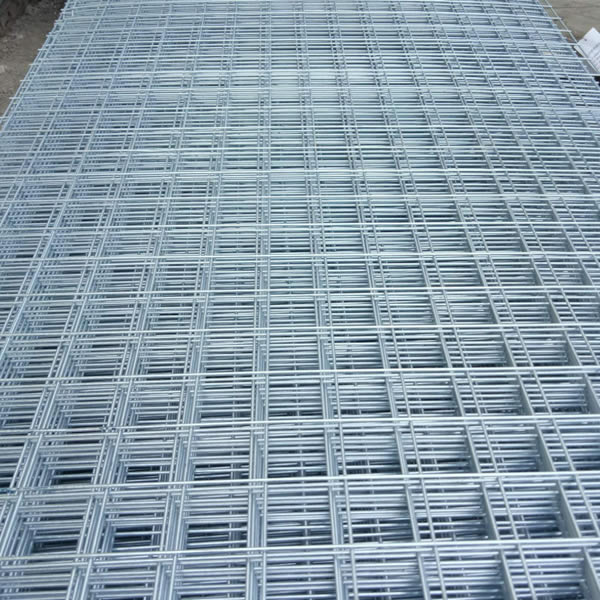
Welded Wire Mesh Panels: A Premium Choice for Industrial Protection
Welded wire mesh panels have emerged as a cornerstone of industrial safety and infrastructure due to their structural integrity, durability, and adaptability. Widely used across construction, mining, agriculture, and energy sectors, these panels offer robust protection while balancing cost efficiency and customization. This article explores their defining characteristics, applications, advantages, and future trends.
Features of Welded Wire Mesh Panels
Definition:
Welded wire mesh panels are fabricated by electrically welding metal wires (typically low-carbon steel or stainless steel) into uniform grids.
Features:
- Structural Stability: High tensile strength (e.g., 500–1000 MPa) and load-bearing capacity due to precision welding.
- Corrosion Resistance: Enhanced through galvanization, PVC coating, or stainless steel materials.
- Uniform Apertures: Standard mesh sizes range from 1/4″ to 4″ (6–100 mm), adaptable to specific needs.
- Material Versatility: Available in low-carbon steel, stainless steel (304/316), and galvanized variants.
Applications
- Safety Barriers and Fencing:
- Secures hazardous zones in factories, construction sites, and power plants.
- Complies with OSHA and ISO safety standards for workplace protection.
- Mining Reinforcement:
- Stabilizes tunnel walls and ceilings in underground mining operations.
- Resists rockfall and structural stress (load capacity up to 50 kN/m²).
- Construction Scaffolding:
- Provides non-slip platforms and fall protection for high-rise projects.
- Agricultural Enclosures:
- Durable fencing for livestock (e.g., poultry cages, cattle pens) with anti-rust coatings.
Emerging Applications:
- Renewable Energy: Solar panel mounting structures and wind farm perimeter fencing.
- Environmental Engineering:
- Landfill liners for waste containment.
- Erosion control in coastal and flood-prone areas.
3. Advantages of Welded Wire Mesh Panels
| Advantage | Technical Details | Industry Impact |
|---|---|---|
| High Strength | Tensile strength up to 1000 MPa; withstands impacts up to 20 Joules. | Ideal for heavy-duty mining and construction. |
| Corrosion Resistance | Hot-dip galvanized coatings extend lifespan to 20+ years in harsh environments. | Reduces maintenance costs in marine/chemical settings. |
| Customization | Tailored mesh sizes (e.g., 50×50 mm for agriculture, 100×100 mm for fencing). | Adapts to niche applications like HVAC ducting. |
| Cost Efficiency | Long-term ROI due to low replacement frequency and minimal upkeep. | Preferred over temporary solutions like wooden barriers. |
Future Trends and Innovations
- Smart Materials Integration:Mesh panels embedded with sensors for real-time stress monitoring in bridges or tunnels.
- Sustainable Manufacturing:Recycled steel alloys and eco-friendly coatings (e.g., water-based polymers).
- Lightweight Hybrid Designs:Aluminum-magnesium alloy meshes for aerospace and automotive sectors.
- 3D-Printed Custom Meshes:Complex geometries for architectural façades and acoustic panels.
Technical Specifications
- Standard Sizes: Panels typically 1m x 2m or 2m x 3m; thickness 3–6 mm.
- Load Ratings:
- Static load: 300–500 kg/m².
- Dynamic load (e.g., impacts): 100–200 kg/m².
- Certifications: ISO 9001, ASTM A185, EN 10016-2.




